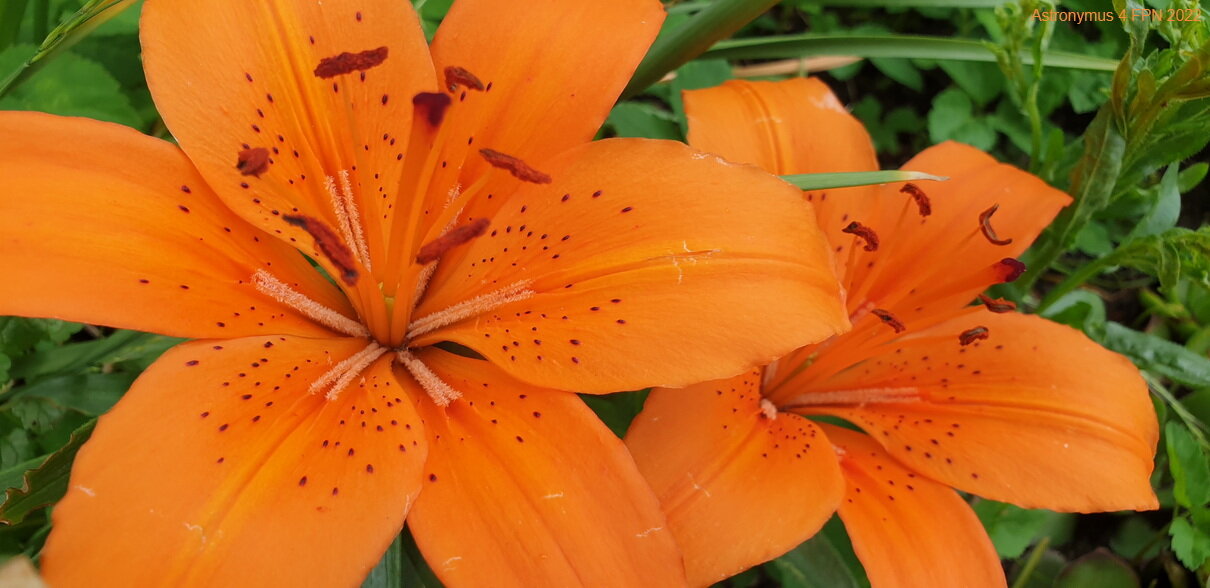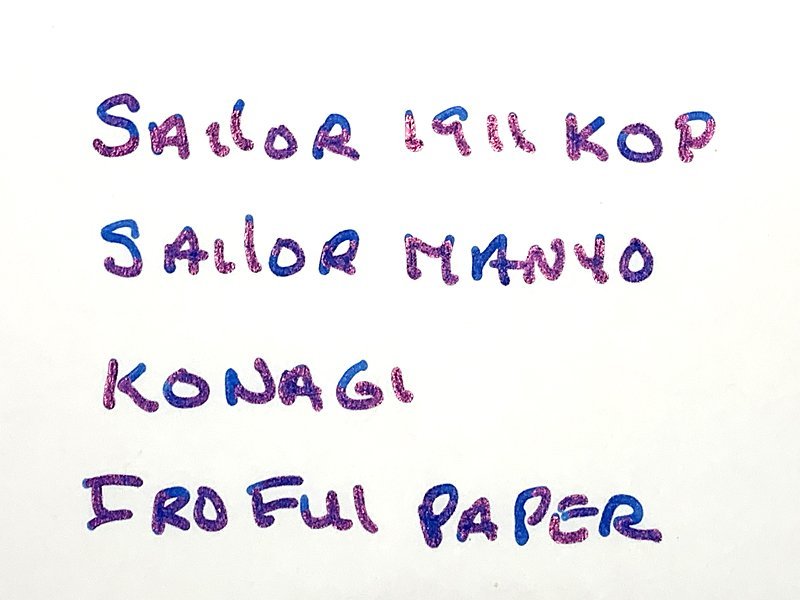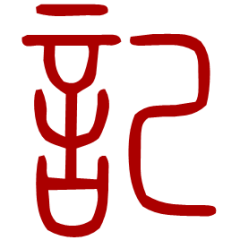Stipula Baracca FP in B
-
Forum Statistics
353.4k
Total Topics4.6m
Total Posts -
Member Statistics
126,088
Total Members2,522
Most OnlineNewest Member
zaalepitto2441
Joined -
Images
-
Albums
-
Photos misc
- By Astronymus,
- 0
- 1
- 14
-
USG 2
- By USG,
- 0
- 0
- 26
-
Dan Carmell
- By Dan Carmell,
- 0
- 0
- 17
-
USG 1
- By USG,
- 0
- 0
- 100
-
Mechanical's Pens & Ink
- By Mechanical,
- 0
- 0
- 6
-


















.thumb.jpg.f07fa8de82f3c2bce9737ae64fbca314.jpg)



desaturated.thumb.gif.5cb70ef1e977aa313d11eea3616aba7d.gif)






Recommended Posts